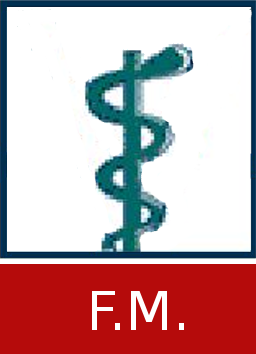Thesis, COLLÉGIALITÉ
Rouschop, Tatiana 
Promoteur(s) :
Neirinckx, Virginie 
Date de soutenance : 1-jui-2024 • URL permanente : http://hdl.handle.net/2268.2/20555
Détails
| Titre : | Thesis, COLLÉGIALITÉ |
| Auteur : | Rouschop, Tatiana 
|
| Date de soutenance : | 1-jui-2024 |
| Promoteur(s) : | Neirinckx, Virginie 
|
| Membre(s) du jury : | Delacroix, Laurence 
Hubert, Pascale 
FRERES, Pierre 
|
| Langue : | Français |
| Discipline(s) : | Sciences de la santé humaine > Neurologie |
| Institution(s) : | Université de Liège, Liège, Belgique |
| Diplôme : | Master en sciences biomédicales, à finalité approfondie |
| Faculté : | Mémoires de la Faculté de Médecine |
Résumé
[fr] Pediatric high-grade gliomas (pHGG) are the most aggressive gliomas in children, accounting for over 40% of brain tumor-related deaths in this population. The standard treatment involves surgical resection, when feasible, followed by radiotherapy and chemotherapy. Despite this combined ap-proach, the prognosis remains poor due to treatment resistance, leading to recurrences. This re-sistance is partially due to the presence of glioma stem cells (GSCs), which possess invasive capabili-ties and migrate towards the subventricular zone (SVZ), a neurogenic region active throughout life. Neural stem cells (NSCs) in this area interact with cerebrospinal fluid (CSF), secreted by the choroid plexuses. It is well known that the CSF influences NSCs in the SVZ, affecting neurogenesis. Recently, it has also been shown that CSF has a pro-tumoral role in adult glioblastoma (GBM).
The objective of this thesis was to study the influence of the choroid plexuses secretome on the phenotype of pHGG cells. As a surrogate for the CSF, a conditioned medium from choroid plexus epithelial cells was created and its impact on pHGG cells was analyzed. Optical microscopy revealed that this medium altered the morphology of tumor cells, making them more elongated, adherent, and forming intercellular connections. Flow cytometry analysis and cell counts showed no impact on tumor cell proliferation. The effect of this medium on the response to ONC201, a molecule in clini-cal trials, also showed no significant impact. However, migration/invasion assays using a Boyden chamber demonstrated a significant effect of the conditioned medium on the migratory and inva-sive abilities of pHGG cells. Finally, Western Blot analysis of various proteins (related to cell differen-tiation, adherence, invasion…), did not show any clear effect of the conditioned medium on cell fate. To conclude, the effect of patient-derived CSF from was analyzed, showing a tendency to de-crease pHGG cell proliferation and inducing a morphological change similar to that observed with the conditioned medium.
In summary, this study demonstrated the impact of a CSF surrogate model on the morphology and migration/invasion of pHGG cells, as well as the effect of CSF on cell morphology.
Fichier(s)
Document(s)
Annexe(s)
Citer ce mémoire
L'Université de Liège ne garantit pas la qualité scientifique de ces travaux d'étudiants ni l'exactitude de l'ensemble des informations qu'ils contiennent.


 Master Thesis Online
Master Thesis Online



 Tous les fichiers (archive ZIP)
Tous les fichiers (archive ZIP) s211583ROUSCHOP2024.pdf
s211583ROUSCHOP2024.pdf

